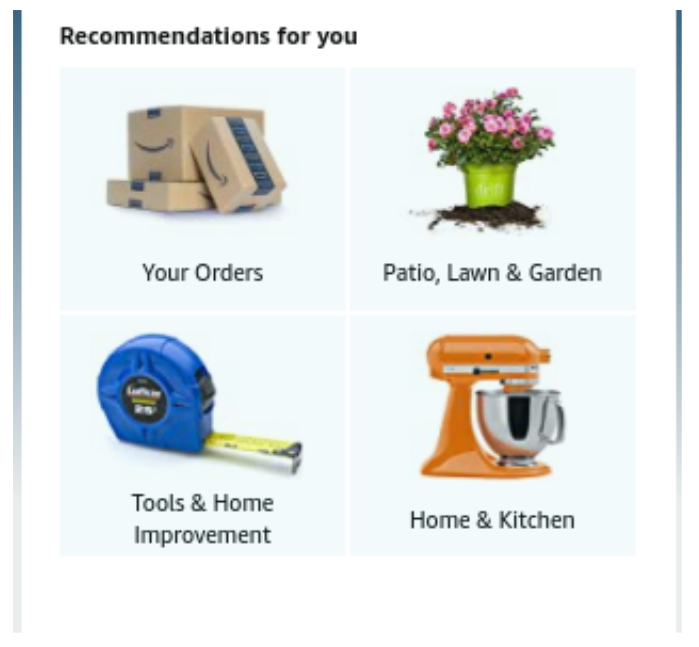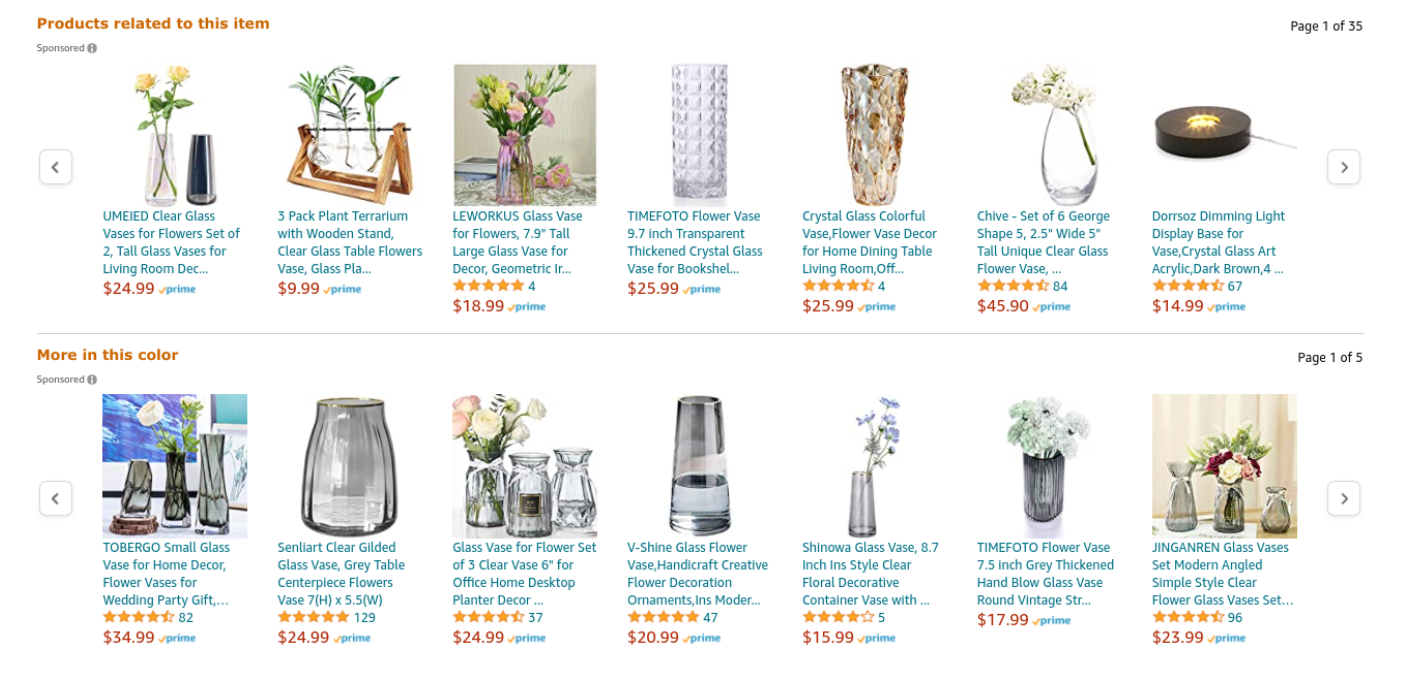Consumers have high expectations these days, especially when it comes to personalization. Over a third (36%) of consumers believe that most companies need to do more to customize the shopping experience.
So what can companies do to step up their personalization game? Dynamic content is a great way to start.
What is Dynamic Content?
When content is dynamic, that means it changes based on who is viewing it. For example, dynamic emails won’t contain the same information from recipient to recipient — they will be tailored to each viewer’s unique needs and interests based on customer data. This is especially important in customer retention, as 70% of millennials get frustrated when they receive irrelevant emails from brands.
It’s not just emails, though, it’s all types of web content. For example, you can post dynamic ads on Twitter, Facebook or other social media to catch the attention of your target audience. It’s also important to build a dynamic website so visitors find relevant content quickly. Adding a custom field to a landing page can help visitors with navigation, or you can add adaptive content to a web page or blog post to catch and keep the attention of your visitor.
Dynamic content makes your website appealing to a wide range of visitors, and it helps you show off how multi-faceted your business is. It also allows you to prove that you can meet your customers’ needs quickly and fully.
While dynamic content has proven effective time and time again, how does it stack up to static content?
Subscribe to
The Content Marketer
Get weekly insights, advice and opinions about all things digital marketing.
Thank you for subscribing to The Content Marketer!
Dynamic Content vs Static Content
Static content is a tale as old as marketing itself. It’s exactly what the name implies — unchanging, and therefore incapable of personalization.
An email blast with consistent copy, a landing page void of customizable navigation or an unchanging blog post are all examples of static content. When it comes to this content type, there is one goal in mind, and the keywords and featured image used are chosen carefully to meet that goal. Static content fits into a specific niche, and it’s not as versatile as dynamic content.
But that doesn’t mean there’s no place for static content. Dynamic and static content are both useful, especially when used in tandem.
Static content, when part of an inbound marketing strategy, can lead your target audience right to your dynamic content. When your static content ranks highly in search engines, it leads viewers to your dynamic website, where they find options for personalization and learn all about your brand.
In terms of return on investment, both marketing strategies have their costs, and they both have significant returns. That being said, dynamic content:
- Is more complex to set up, so it may take longer or require technical assistance.
- Is easy to maintain — once it’s live, it’s good to go.
- Helps to improve metrics like bounce rates, time on page and return visits, leading to more conversions.
In a world where personalization makes or breaks a company, dynamic content is more important than ever. But what is dynamic content in practice?
3 Examples of Dynamic Content
Need some inspiration for your dynamic content strategy? You probably interact with personalized media all the time without even realizing it. It’s amazing how many emails, landing pages, advertisements and more are customizable. Just look at these 3 examples of dynamic content in action:
1. Amazon’s Personalized Product Sorting
Yes, we have to talk about Amazon. It gives its customers a highly personalized experience from the minute they create their accounts.
As soon as you log in, you are greeted with recommendations based on your past orders. They’re even sorted into convenient categories for fast, easy navigation.

But what if you’re searching for something you’ve never bought before? Let’s use a vase as an example.
Once you type “vase” into the search bar, you come to pages and pages of search results with vases of all different shapes, sizes and colors. You click on one that you kind of like, but it isn’t perfect. Amazon uses the information of your click to present you with plenty of alternate options, prominently displayed about halfway through the search page.

The related options are sorted into categories. In this case, it’s vases that are similar to the one you selected — or even accessories that would enhance it, like the light display — and vases that are the same color, but different styles.
Amazon uses this dynamic web page to guide you to the perfect option. Even the pickiest shoppers will be able to make something of Amazon’s recommendations, because each time they click on a search result, they are presented with more relevant recommendations.
This only scratches the surface of Amazon’s personalization strategies. The company also sends personalized emails, including product recommendations, demonstration videos and follow-ups after deliveries.
2. Netflix’s Custom Recommendations
Do you remember the days of flipping through TV channels as you were incapable of deciding what to watch? Streaming services have put an end to channel hopping, and they’ve also made it a lot easier to find new content. Netflix does an especially good job of this with its dynamic interface and personalized recommendations.
Netflix collects data on what you watch, and they use it strategically to recommend you new titles, many of which are Netflix originals. The recommendations you receive aren’t just based on what you watch, however — they are based on what everyone else on Netflix has been watching. When you log into your account, you are greeted with recommendations conveniently sorted into categories.

Aside from the “recommended for you” section, Netflix also provides recommendations for whatever kind of mood you’re in. If you want to step out of your normal habits and watch something unlike you, but well-received, there’s the “popular on Netflix” section. Or, if you want the comfort of something familiar, there’s always the reliable “watch it again” category.
All Netflix users have vastly different home pages, and it doesn’t take long to find new binge-worthy content. Netflix is a master of marketing because it doesn’t just nudge users towards watching more media, but it also figures its original content prominently.
3. Wayfair’s Dynamic Emails Based on Search History
Have you ever gone shopping for something online, but then immediately felt overwhelmed by the sheer volume of choices, so you gave up? You’re not alone — it’s happened to the best of us.
Wayfair doesn’t want to lose customers that way, though, so they try to make it easier on you by narrowing down your options based on the ones you clicked on. Then, they send you an email to remind you of this task you put on the backburner.
Let’s use area rugs as an example. If you click on a few rugs, you’ll reveal information about the colors, patterns, sizes or other features that drew you in. Wayfair will then take that data, compile a list of rugs that meet those needs, and send the list right to your inbox. No more clicking through 100 pages of search results — the best options for your home just fell right into your lap.

What’s important in developing dynamic content is understanding what exactly your customers need personalized. In Wayfair’s case, many viewers just need fewer, better options that are tailored to their preferences. It varies from industry to industry, though, so collecting and analyzing customer data is essential.
How to Create Dynamic Content
The first step in creating dynamic content is determining what content needs to be personalized, and how you plan to reach your target audience.
Actually creating and dynamic content is a little complex. You’ll need someone with IT knowledge as well as relevant software applications. However, while it takes some extra time and money to create and implement, it’s easy to maintain and it’s highly profitable.
To find out what kinds of dynamic content you should be creating, talk to a consultant at Brafton. We’ll conduct analysis on your website performance to see where you need more engagement. Then, we’ll make recommendations for the kinds of content that will boost those metrics, and we’ll even help you create the dynamic content.
For more information on dynamic content as well as content marketing services at Brafton, contact us today.





